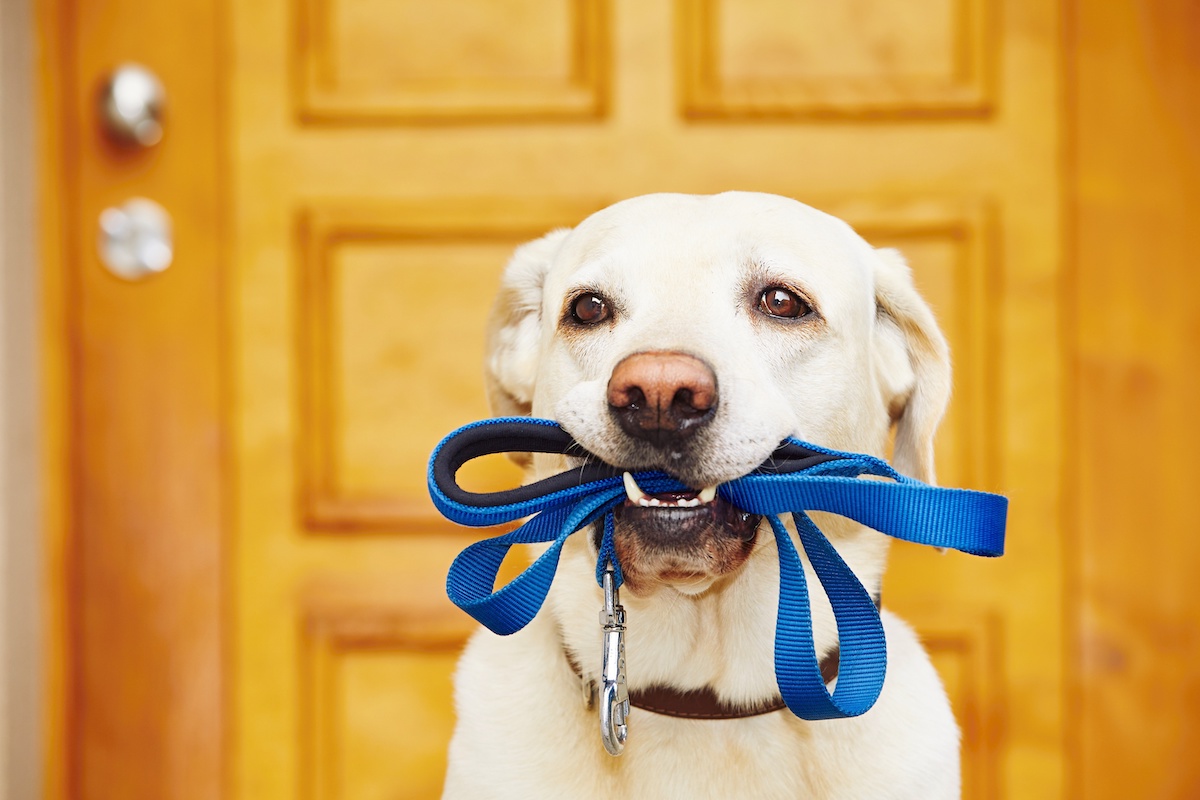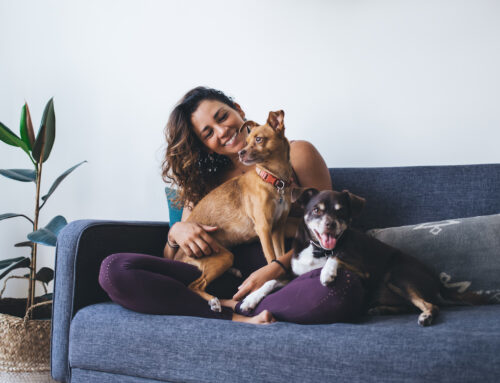Though it might seem insignificant, a leash is one of the most important tools you will need during your dog’s lifetime. From when they are small puppies going through training, all the way to their senior years enjoying long walks. In many states, it is required by law that your dog is kept on a leash. As responsible pet owners, it is our job to keep our animals safe and under our supervision. A leash provides control and direction to your dog, and finding the right leash is important. On top of being a vital tool in teaching your dog discipline, a leash is also crucial for the safety of your dog.
So Many Leashes to Choose From!
In addition to the importance of a leash, did you know there are multiple kinds of leashes? Contrary to the common knowledge of there being one standard leash, there are seven different styles of leashes. Each type being specific to different sizes, age, and lifestyle needs. Let’s go over the different leashes and what the proper way to use a leash is to keep your pet safe and secure:
The Standard Flat Lead
This is the leash most people are familiar with. These leashes range from about 4 to 8 feet long and clip directly on to your dog’s collar. A standard flat leash is good for providing maximum safety and control when properly fitted. Start with a 4-foot leash and then gradually increase the length as your dog becomes more disciplined and comfortable on the leash.
The Gentle Leader Leash
This leader closely resembles a collar but it has additional control around the mouth. This provides control of your dog by being able to regain the attention immediately. Be careful using this leash; jerking your dog’s head around is not the proper way to train them. Additionally, do not keep your dog in this leader longer than necessary and be sure that it is the proper size for your dog.
Harness Lead Leashes
This leash is primarily used when training a dog not to jump by tightening around a dog’s chest and body when they pull. This action is meant to reduce any pressure on the trachea. Be sure to read the manual for proper use of the leash to avoid injury. Keep in mind that harnesses that put pressure primarily on the chest can sometimes cause a dog to pull harder on the leash.
Slip Leads
These leashes are also called “training leads” and function as a collar and a leash at once. Simple to use, place the leash through the metal ring and slip it over your dog’s head. It should rest higher on the neck to avoid choking. Though the leash is good for training, it is not the best choice for long-term use. Speak with your vet about where to place the leash and how to effectively train your dog for a leash like a standard flat lead.
Martingale Leashes
This leash also functions as a collar and a leash. This is used for dogs who tend to pull and back out of their collars. The martingale tightens around the neck of your dog to match how much they are pulling. This leash is also very convenient to take on and off of your dog. Speak to your vet about if this is a good option for your dog.
Retractable Leashes
This leash is also a common leash type, especially with small dogs. Retractable leashes allow your dog to wander very far and provides little to no control. There is a mechanism that retracts the leash to the owner, but there is little response time of reaction from the dog. This can allow your dog to tangle in their leash or approach dangerous situations. Be careful of the thin rope that retractable leashes use. It can cause severe burns and dangerous entanglements.
How to Use A Leash Properly
Even though it may seem pretty straight forward, there is a right way and a wrong way to use a leash. To get the proper safety and control that a leash can provide, be sure to use it properly. The directions can vary from one leash to another. Always be sure to check with your vet or the instruction manual included.
- Clip your dog in and hold the leash in front of you. The leash should be at torso height.
- Loop the lead of the leash over your thumb. This provides additional strength and control in the leash.
- Anchor and control the leash. By using both hands on the leash and placing one hand above their head, you can control their movements and provide slack for comfort when needed.
Animal Care Center is Here to Help
Your dog’s safety is important to us. At Animal Care Center, we are here to help in any stage of your dog’s life. If you have any questions about training or proper equipment, give us a call. Especially with new puppies, we want to encourage good habits that will last a lifetime. Give us a call at 770-438-2694 or contact us today!






